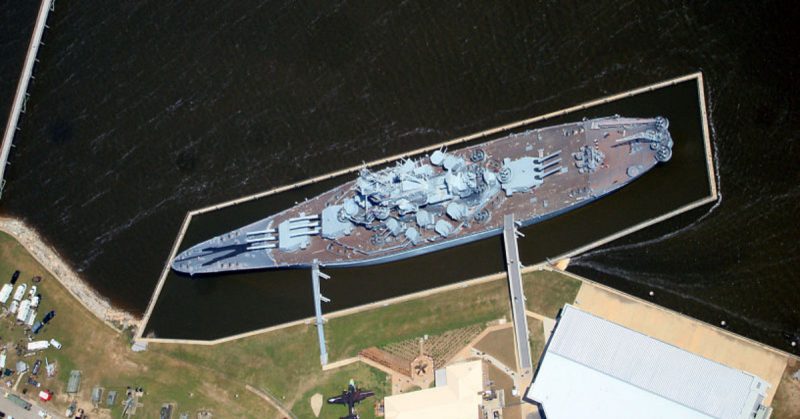The USS Alabama is indeed, of outstanding historic significance to the American people, having led a storied career as a World War II battleship, and finding a well-deserved end as a memorial ship in Mobile, Alabama.
Efforts toward the birth of Alabama began with the laying of her keel on February 1, 1940, at the Norfolk Navy Shipyard, Portsmouth, Virginia.
By then, WWII was well underway, but the United States was not yet officially involved.
The United States would head into the war following the surprise bombing of Pearl Harbor which cost the lives of over 2000 American sailors and turned the USS Arizona into a memorial wreck. Indeed the Second World War had been looming on the horizon for a long while, with the constant deterioration of situations in Europe and Asia. None the less, America never foresaw such a dramatic entry into the war.
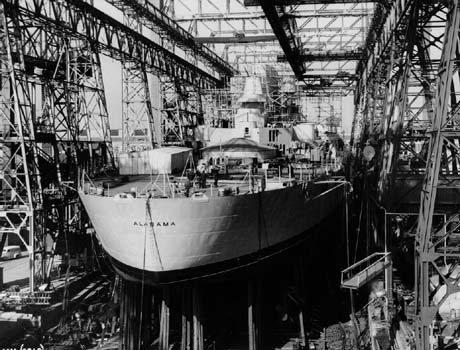
The USS Alabama would be launched on the 16th of February 1942, and on the 16th of August, she was commissioned into service with the US Navy.
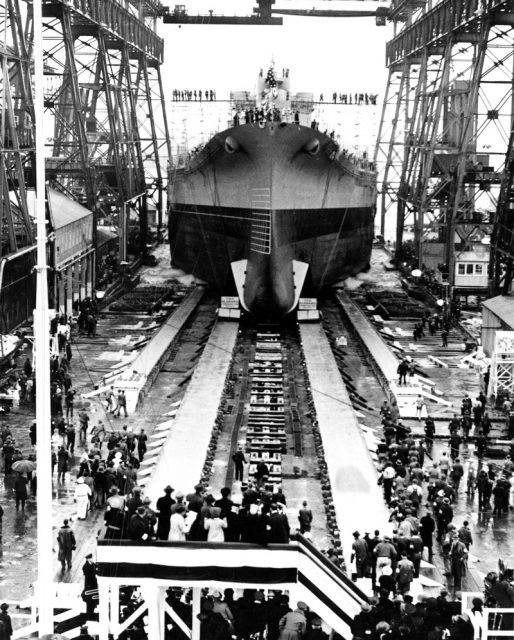
The first of her many expeditions began with the Royal Navy. She, along with her sister ship South Dakota, had been deployed to join the Home Fleet of the Royal Navy, to help cover the northern convoy routes. She took part in the reinforcement operation on the island of Spitzbergen which took her across the Arctic Circle. About a month later, Alabama was on Operation Governor which sought to divert German defenses towards southern Norway ahead of the invasion of Sicily.
This operation would have set the stage for combat with the 42,000-ton German battleship Tirpitz. However, Tirpitz refused to be lured out of her northern Norwegian seaport.
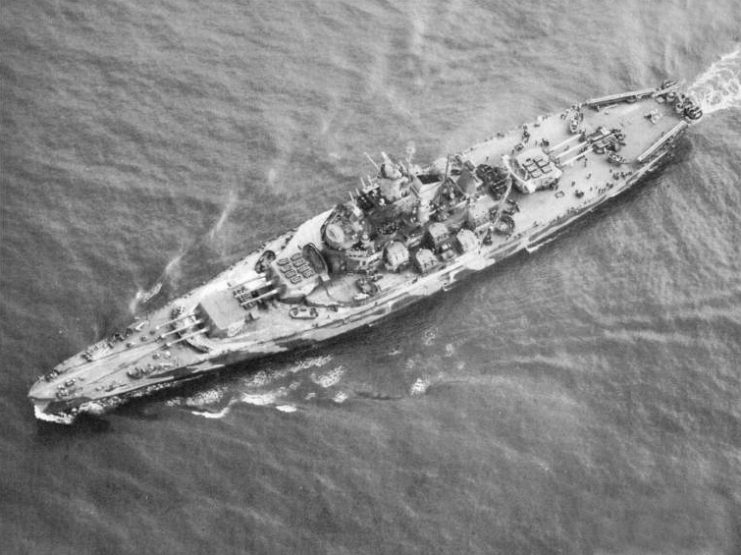
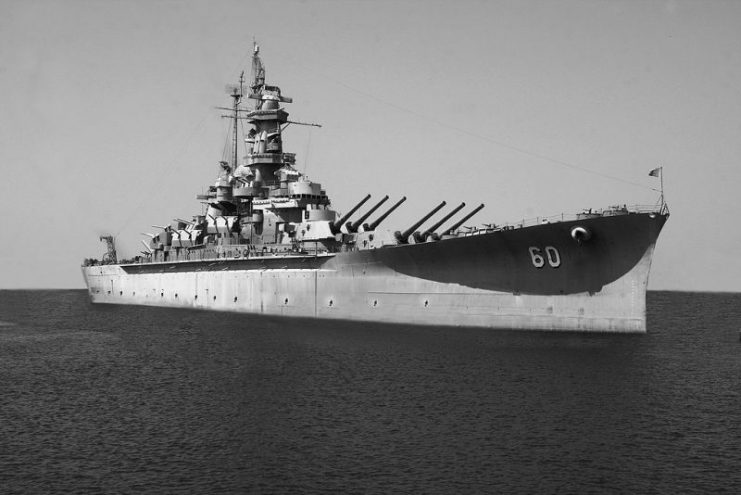
Alabama, just like her sister battleships from the South Dakota class, had a standard displacement of 35,000 tons and a main battery comprising nine 16-inch .45 caliber Mark 6 guns. She sailed the seas at a speed of 27.5 knots, with a range of 15,000 nautical miles.
Besides a complement of 1,793 crewmembers, she could field two OS2U Kingfisher recon aircraft.
After her assignment with the Royal Navy, Alabama would find herself being steamed to the Pacific theatre, where an intense encounter with the Japanese forces was waiting.
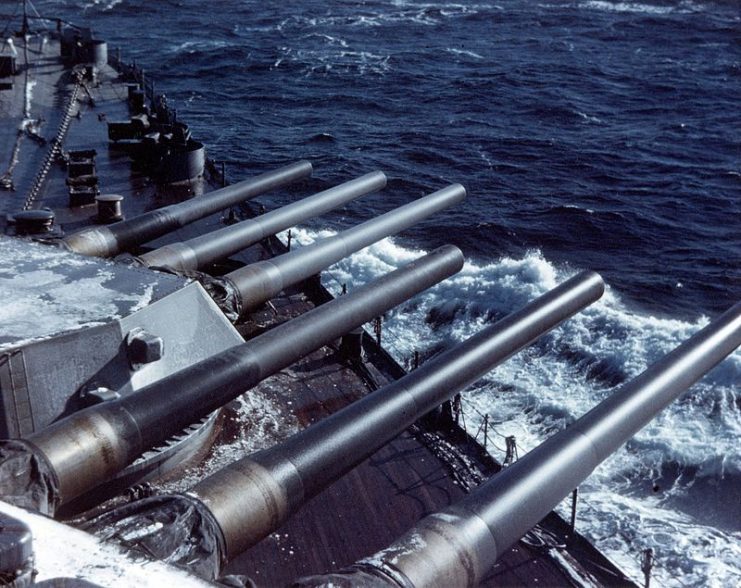
Her first operation in the Pacific theatre came on November 11th, 1943 during the assault on the Gilbert Islands where her big guns protected fast aircraft carriers against Japanese surface and air strikes. She supported Marine landings on Tarawa Atoll and soon afterward, played the same role at Makin Atoll.
She would, on the 8th December blast the shore installations on Nauru Island, in the company of five other battleships, contributing over 535 large caliber rounds to the bombardment of the Island.
By the end of the operation, she served as escort to the aircraft carriers Bunker Hill and Monterey before arriving at Pearl Harbor on 12 January 1944.
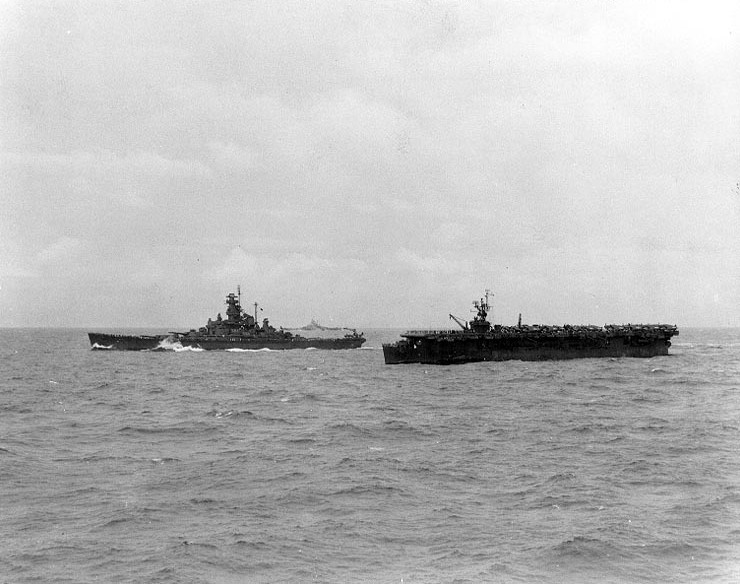
After going through drydock repairs at the Pearl Harbor Navy Shipyard, she was ready to return to the combat zone.
Before the end of January, she was in Operation Flintlock, firing over 300 rounds of 16-inch shells and over 1,000 rounds of 5-inch guns, destroying Japanese planes, facilities, blockhouses, and artillery emplacements.
After Flintlock, Alabama continued to protect aircraft carriers in heavy carrier air strikes over the Islands of Tinian, Saipan, and Guam.
Alabama found consistent service in the Pacific theater, taking part in operations in the Carolines, Okinawa, and Taiwan.
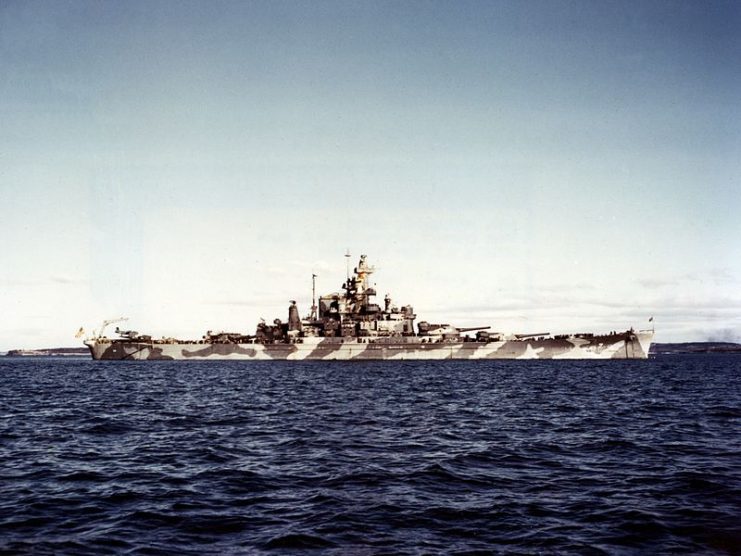
On the18th of December, she was caught up in a typhoon which damaged her scout planes and put a minor dent on her structure. However, 3 destroyers in her group did not survive the one-day-long typhoon.
For her services in the war, Alabama earned a total of nine US Navy battle stars.
She was decommissioned on January 9, 1947, and was finally stricken off the Naval Vessel Registry on June 1, 1962.
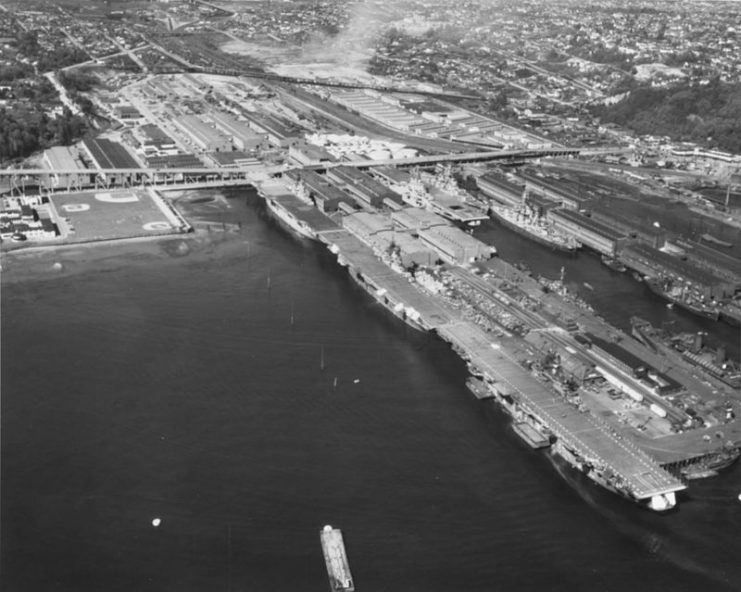
All through her days in the war, Alabama was never damaged by enemy action. She shot down 22 enemy aircraft and suffered the death of five personnel while repelling Japanese air strikes.
These casualties happened due to an accident on the battleship, and not from the guns of the enemy. The event occured on the 21st of February 1944, during attacks on the Marianas, Alabama had accidentally fired her 5-inch .38 caliber mount number 9 into her 5-inch .38 caliber mount number 5, killing 5 men and injuring 11.
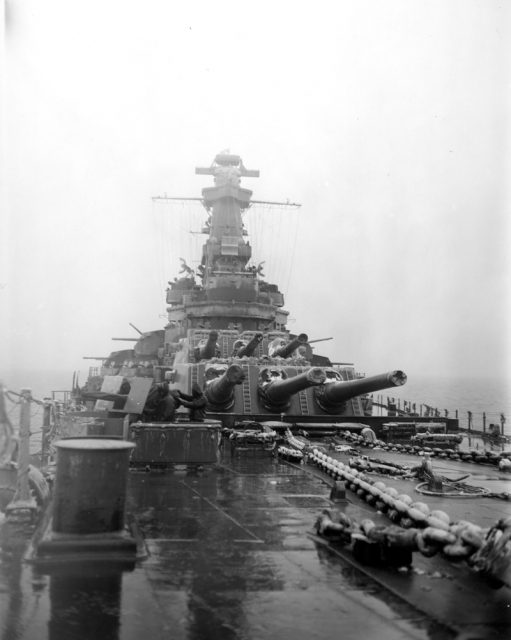
Because she never lost a single man from enemy guns, she was nicknamed the “Lucky A”.
Alabama was awarded to her namesake state, on the 16th of June 1964 following efforts by Alabama citizens geared towards preserving the battleship.
Alabama citizens had begun an organization called “The USS Alabama Commission” in a bid to raise funds to preserve her as a memorial to all male and female personnel who served in World War II. This effort involved virtually every Alabama citizen, including school children who raised nearly $100,000 in nickels and dimes squeezed out of lunch money and other petty allowances.
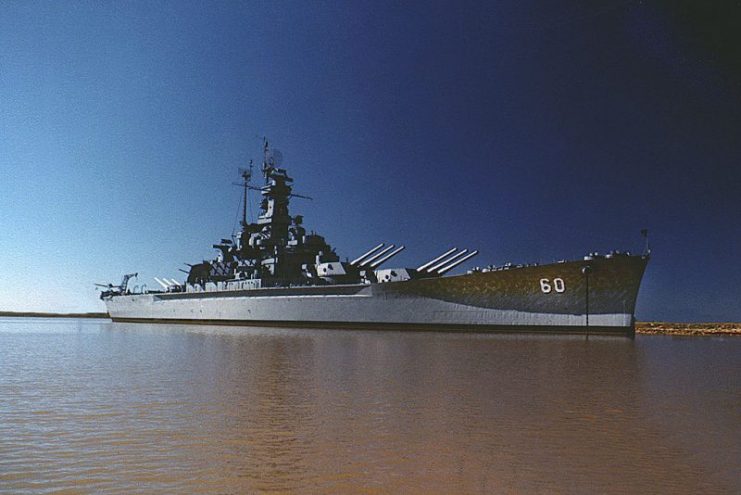
Read another story from us: Fast Battleships of WWII: South Dakota Class in Photos
Almost $1 million was ultimately raised for the project.
After the handover ceremony at Seattle on the 7th of July 1964, Alabama was towed 5,600 miles to her berth at Battleship Memorial Park, Mobile, Alabama.
On the 9th of January 1965, Alabama was opened as a museum ship, and would in 1986 be declared a National Historic Landmark.
